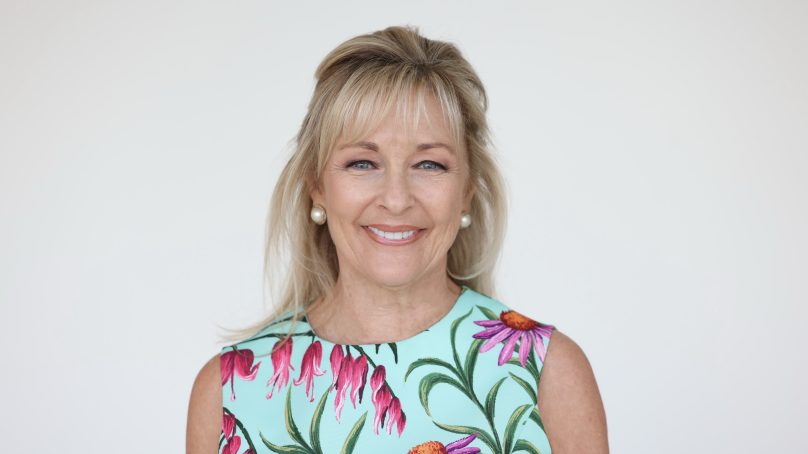In the ever-evolving wellness landscape, Susie Ellis, chair and CEO of the Global Wellness Summit and Institute, unveils the emerging trends and their impact.
What are the latest wellness trends?
There are so many trends in wellness and wellness travel; however, I will only touch on a few here.
Hardcare
Over the past two decades, our annual wellness trends report noted more upheaval in 2023 than in the preceding ten years. A significant trend is the rise of “hardcare” in wellness: a more medical, high-tech and expensive approach to well-being.
Longevity clinics
This is powerfully illustrated by the surge in longevity clinics and medical-longevity programming at wellness resorts. Furthermore, the speed at which longevity has seized the health and wellness spaces in the last year is staggering. No mere “trend,” it’s the new industry pillar, with a new “longevity economy” pegged to be worth USD 610 billion by 2025. Consequently, longevity is a prominent trend, spurred by an aging population pursuing not just longevity but healthier years, despite medical priorities.
The longevity clinic is the fastest-growing business genre in wellness, with over 1,000 clinics worldwide. Most offer advanced diagnostic testing (biomarker, genetic, hormonal, full-body MRIs, etc.) to identify issues before they become a problem. Some provide experimental methods like stem cell therapy and plasma exchange, alongside traditional biohacking, or recovery treatments, all geared toward longevity.
The Middle East will see a wave of new longevity clinics and medical longevity programs at resorts. Fountain Life, specializing in AI-driven diagnostics to detect diseases early, including cancer and heart disease, plans expansion into Dubai soon. Moreover, Liv Lounge, has revealed intentions to expand into Dubai and Saudi Arabia. Furthermore, Europe’s The Longevity Suite (with 20 biohacking and anti-aging clinics) plans to expand in the Middle East. Additionally, Clinique La Prairie, is establishing “Urban Longevity Hubs” and expanding into Doha, Dubai, and Saudi Arabia. Also, SHA Wellness, the high-profile medical-wellness longevity resort from Spain, is opening in Dubai in 2025.
NEOM, Saudi Arabia’s sustainable city, is designed as a longevity clinic, potentially becoming the first government-led city to prioritize longevity. Technology, including AI, data science, genetics and genomics, will shape NEOM, featuring a Dr. NEOM system for residents’ health.
Weight-loss drugs
A notable trend is the rapid impact of new weight-loss drugs on traditional behavior-change-focused wellness businesses, particularly in prescribing countries. Consequently, wellness businesses in these regions swiftly transitioned to prescribing Big Pharma’s very effective GLP-1 drugs. Global expansion of weight-loss drugs drives a trend merging medication with healthy lifestyle practices for comprehensive wellness.
Sports programming
Additionally, we observe a rising importance of sports programming in hospitality. Furthermore, there is a global shift toward embracing social, empowering sports activities, such as pickleball and padel. Consequently, more people aim for elite-level training, with athletes seeking hospitality spots providing comprehensive wellness and advanced gym facilities. For instance, Equinox Hotels will open in Saudi Arabia’s Amaala wellness destination, featuring a pro-level gym, personal trainers, tech and a recovery menu. Siro recently opened SIRO One Za’abeel in Dubai, offering tailored amenities for athletes, marking a novel fitness and recovery hotel concept.
How do you evaluate the Middle East wellness market?
The MENA wellness economy ranks as the world’s second-fastest growing region. Moreover, the Middle East wellness market grew 14.7 percent annually from 2020-2022, reaching USD 145.4 billion, exceeding its pre-pandemic levels. Furthermore, the Middle East has shown one of the strongest post-pandemic rebounds in its wellness market. For instance, the UAE reached 131 percent of its 2019 levels.
The top five wellness markets across MENA include the UAE, Saudi Arabia, Israel, Egypt and Iran. Notably, the Middle East wellness tourism market has experienced unprecedented growth with an extraordinary growth rate of 61.5 percent annually. Impressively, travelers in the region spend an average of USD 1,354 per wellness trip, the highest globally.
The Middle East’s wellness and wellness tourism markets exhibit remarkable resilience and vast potential. Driven by modern lifestyle-induced chronic diseases, increasing wellness awareness, government investments in public health, and a growing middle class. Notably, significant investments are being made to establish the region as a wellness tourism destination.
How do you envision the future of wellness?
Many forces are aligning, pointing to a promising future for wellness. These include global aging, rising chronic diseases, mental health concerns, growing consumer value in wellness and technological innovations. Moreover, the pandemic has heightened the importance of wellness, reflected in numerous surveys. Consequently, the Global Wellness Institute forecasts the market to expand from USD 5.6 trillion to USD 8.5 trillion by 2027.















